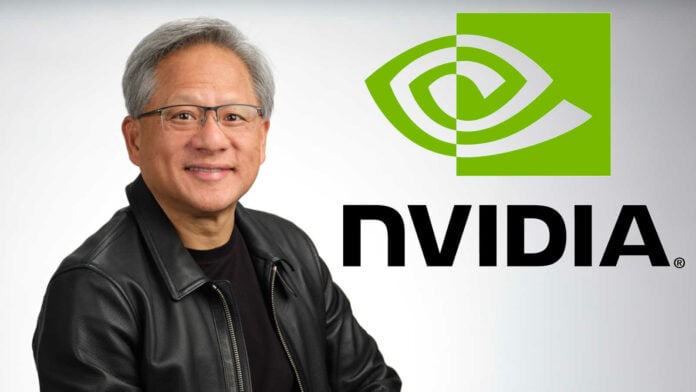At the close of play on June 18, 2024, the market cap for Nvidia shares came in at $3,337.98B, dethroning Microsoft. This valuation made (and makes at the time of writing) the company the single most valuable corporate entity in the world. It also makes it hard to use its ‘Team Green’ nickname without thinking about all those Benjamins at its disposal. Such a position is hard-won but will also impact how Nvidia operates moving forward, with business decisions that will naturally affect us all on the consumer side.
While Nvidia began its journey to the top solely as a manufacturer of the best graphics cards, its priorities have drastically shifted in recent years. Sure, GeForce remains an important part of the company’s overall business, but it’s certainly not the focus anymore. After all, you don’t need to be an adept analyst to notice the gargantuan gap in revenue between its data centre division and gaming (now slyly grouped with AI PC) in the most recent financial press release. This isn’t a one-off, either, as artificial intelligence has driven Nvidia stock and profits for years.
Now, Jensen Huang and company are sitting pretty at the head of the pack. Nvidia naturally has a vested interest in maintaining its position, if only to serve its shareholders. This, of course, means more AI in service of large language models, weather prediction, and more. GeForce has a part to play in this, but consumer applications of deep learning are far less widespread and profitable than enterprise.
To be clear, there’s no danger of GeForce disappearing anytime soon. Nvidia remains a market leader in consumer graphics cards, with the likes of GeForce RTX 4090 in its arsenal, and should remain so with its upcoming RTX 5000 series. However, it’s difficult to foresee a future in which Team Green doesn’t continue to lean heavily into its AI expertise with this upcoming and subsequent generations. DLSS (deep learning super sampling) continues to offer a wealth of performance and visual enhancements, and GPU eggheads are undoubtedly working on yet more ways to offset rendering costs with new features.
Despite the best efforts of AMD and Intel, neither Radeon nor Arc are in any position to seriously usurp GeForce from its dominant market position. Even with compelling launches like Radeon RX 7800 XT, the saturation of green GPUs never seems to dull among Steam users. Sadly, neither RDNA 4 nor Battlemage look to shake up the landscape either. As such, Nvidia can afford to concentrate its efforts on data centres with little consequence. While I’m sure Blackwell will push graphics performance further than ever before, part of me wonders what it would look like if the architecture was the company’s core focus, honed by the fear of competition.
As with all companies, though, Nvidia’s market cap is not immune to changing financial tides. There’s every chance that its streak of successes will come to a screeching halt should an AI bubble pop. In the here and now, though, there’s certainly no sign of one. Here’s hoping we can rely on the company to never forget where it came from almost 30 years ago with NV1. Better still, let’s see AMD, Intel, or a new challenger emerge, spurred by invidia.

